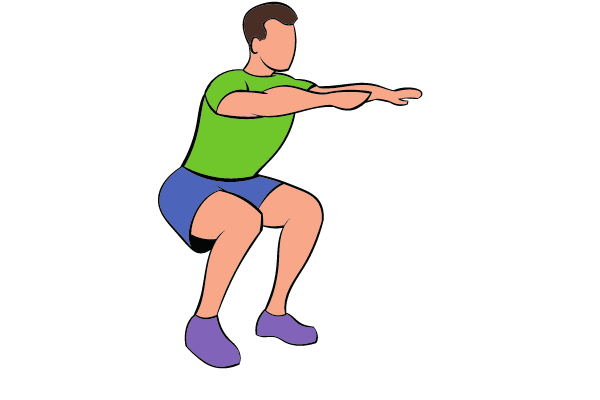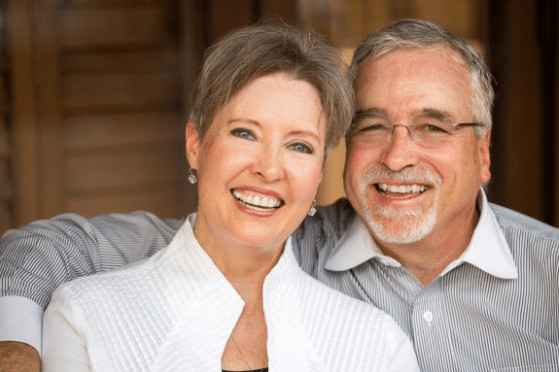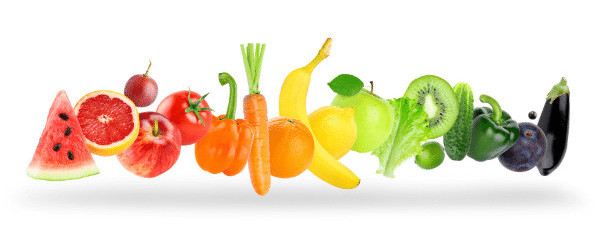This morning an email arrived from a well-known medical authority – “Keep your bones strong and reduce your risk of fractures”. My attention was piqued. Recently I had a conversation with a friend. She is in relatively good health for her age, and yet she slipped, fell, and cracked her arm. I thought, why not do some research, and see ways to strengthen older bones.
Your bones are living tissues that are constantly rebuilding themselves. So, what are some things you can do to help keep your bones dense, strong, and healthy, and avoid fractures – and maybe even avoid osteoporosis?
Strengthen Your Bones with Diet
You need the right nutrients in your diet to prevent bone loss. Calcium and vitamin D are two critical nutrients you need to build and maintain your bones.
You can find calcium in the foods that you eat. However, getting the right amount of vitamin D may be more difficult.
Dairy – milk, cheese, and yogurt – is one calcium food source. You can also get calcium from fortified foods like orange juice, as well as leafy green vegetables, and broccoli.
Dietary Protein for Lifelong Bone Health
Osteoporosis is a condition that causes bones to become thin and lose their strength. It is becoming an epidemic. One in four women over the age of 70 have had at least one fracture during their lifetime. You need protein to maintain good bone structure.
You may be thinking a high meat diet is necessary to provide adequate protein. However, you can find inexpensive ways to add protein to your diet. You can get an adequate supply of protein for healthy bones on a budget! Look at the two lists below.
Plant Based Protein
- Rolled oats
- Hemp seeds
- Natural peanut butter
- Black Beans
- Edamame
- Sunflower seeds
Animal Based Protein
- Canned tuna fish
- Cheese (10 grams)
- Sardines
- Single serving of Plain Greek yogurt
- Eggs
- Two ounces of deli ham (2 slices)
Best Foods to Increase Bone Density
Colorful Fruit and Vegetables
Research, according to Katherine Tucker, RD, PhD, chair of the department of health sciences at Northeastern University in Boston – points to other nutrients such as protein, vitamin B12, magnesium, and vitamin C.
To get all these nutrients, choose a variety of colorful fruit and vegetables to include in your daily diet. The more color you add to your diet, the more nutrients you will get.
Foods rich in vitamin C, such as oranges, strawberries, and pineapples are good for your bones, as well as green, leafy vegetables, like kale – and broccoli.
Vitamin D
The sun is a good source of vitamin D. How much vitamin D you get from the sun depends on where you live in the world, and how many hours you are out in the sunshine.
In a northern climate, such as where I live, it is recommended that we take supplements to get enough vitamin D, since the sun’s rays are less direct than they are nearer the equator.
As you age, the body becomes less efficient at producing vitamin D. For that reason, if you are older, it is also a good idea to supplement with vitamin D. You will want to discuss this with your doctor or pharmacist.
Try to get your nutrients from natural sources first. But sometimes supplements are necessary.
Strengthen Bones with Exercise
Exercise is another crucial component which is needed to strengthen your bones. Not only does exercise strengthen your muscles, but weight-bearing exercise stresses your bones in a good way. It stimulates them to rebuild themselves.
Some of the most effective exercises for strengthening your bones are weight-bearing exercises that use your own body weight. Squats, push-ups, and planks are examples of this.

Steppers, kettlebells and dumbbells are good weight-bearing exercises as well.
If you have osteoporosis or are as risk for it, you should be careful to avoid twisting and high-impact sports.
Best Bone Strengthening Exercise
When thinking about weight-bearing exercise, one great idea is walking. It is really as simple as going for a brisk walk!
Jogging, climbing stairs, hiking, playing tennis – all of these are good weight-bearing exercises.
As you put weight on your bones it stresses them in a good way by encouraging new bone growth. Porous bones happen when you sit throughout the day without putting much weight on your bones.
Take a daily walk. Move your body frequently during the day to strengthen your bones. This will also reduce your risk for heart disease, stroke, high blood pressure, cancer, and type 2 diabetes.
Get up multiple times, even if just to get a cup of coffee, or take a bathroom break. Don’t sit behind your desk all day long.
Benefits of the Mini-Trampoline and How NASA Uses the Trampoline

A while ago, I wrote a post – You can read more about it here. It tells how NASA used the trampoline to strengthen the bones and organs of astronauts after their return from their time of weightlessness in outer space.
By using the rebounder, the G-force of each bounce will more than double the good stress on your bones. This will help to keep them strong.
The added g-force from using the mini trampoline strengthens every cell in your body. Some say it even strengthens your eye muscles! The rebounder builds strong muscles and bones and strengthens every organ in your body!
Ways to Strengthen Older Bones
Increase Bone Density Naturally!
Your body needs nutrients and exercise to get and maintain strong, healthy bones. Protein and a variety of colorful whole foods provides you with many nutrients. You can find many healthy sources of protein that can fit in your budget!
The various colorful fruit and vegetables all have different nutrients. So, check out the fresh produce section of your grocery store, visit a local farmers’ market – or if you have room for a garden, grow your own fruit and vegetables!
Strengthen Bones with Exercise
Body-weight exercises are ideal to add healthy stress to your bones. Push ups, pull ups, squats, and planks are all ideal for bone health. Steppers, kettlebells, and dumbbells are good weight-bearing exercises as well. The G-force of a mini trampoline (rebounder) will strengthen your bones by more than doubling the good stress on your bones and keep them strong.
Other Things to Keep in Mind
Other things that can speed up bone loss are smoking and drinking alcohol. So, don’t smoke, and drink moderately, if at all.
Maintain a healthy weight. There is an increased chance of bone loss and fractures in those who are under-weight. And those who carry excess weight are at increased risk of fracturing your arms and wrists. A healthy weight increases your likelihood of better health.
Please Leave a Comment
I would love to hear from you. What do you do to keep your bones strong?
Disclaimer: If you have any concerns or questions about your health, you should always consult with a physician or other healthcare professional. No content on this site should be substituted for direct medical advice from your doctor or other qualified healthcare practitioner. The information contained here is for informational purposes only. It is from my research and personal experience.
Related Posts
Exercise and Bone Density; Achieve and Maintain Vital Bone Strength
Top 15 Benefits of Strength Training
How to Improve Your Grip Strength: Does Grip Strength Matter
How to Get Fit at Home – 8 Benefits of Strength Training
5 Best Strength Training Exercises for Seniors



As a personal trainer, I work with a lot of older folks who have trouble with having low bone density.
Educating them on the best exercises that would help with this as well as the proper nutrition to strengthen older bones is very important so that they understand how to do it themselves. I also incorporate a lot of bodyweight activities. And yes, the alcohol and the smoking. Helping clients understand why it’s bad for bone density is crucial too!
Hi Lorenz, thanks for stopping by with a comment! As a personal trainer I imagine you do help many keep strong bones and muscles. It is becoming more important to folks as they age to be able to live in a healthy way. To stay fit it is important to keep a good quality of life for many years into the future. Exercise and a good diet are necessary.
Healthy bones are the framework of your body.
Bone is living tissue rebuilding every day. To build bones you need Calcium and Vitamin D. Unfortunately, a large part of the population is vitamin D deficient.
You need calcium-rich food. But bone gets calcium only if you have vitamin D.
Exposing your skin to Vitamin D-producing sunlight is important to get it into your body. It is necessary to get it checked in a lab to see if you need a prescription for a D supplement from your doctor.
Protein, fruits, and vegetables are key to getting the macro and micro nutrients necessary for bone-building and rebuilding.
I love your mini trampolines for exercises. Exercise and just moving can help stretch your bone and help keep them strong.
Hi Anusuya, you said it very well. There are so many components necessary to build strong bones. Healthy food, vitamins, minerals and exercise all play an important role in strong bones and good health.